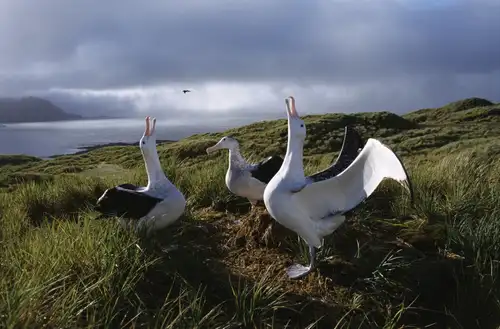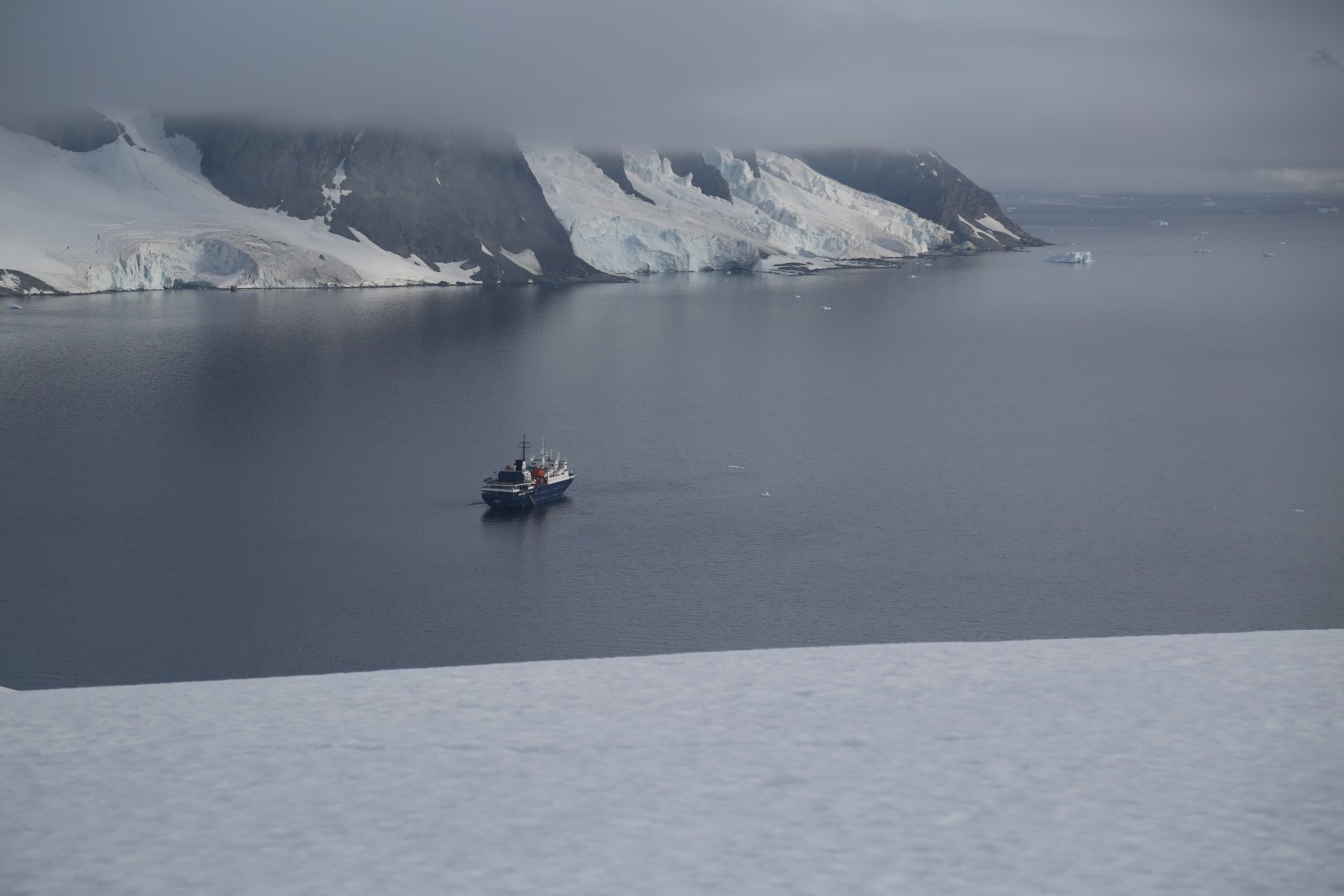Whether it’s Greenland in the Arctic or Snow Hill Island in Antarctica, the bulk of our polar expeditions take place around, between, and upon islands.
In fact, island beaches by far make up our core landing sites. This may seem a bit paradoxical being that we’re a polar travel company, but it is upon these very islands that some of the most abundant and iconic polar wildlife can be found.
That said, picking our “desert island top five” cruise islands in the style of High Fidelity seemed too tough a task, since we love so many of them equally but for different reasons.
So instead we started with an expansive list of our favorite and most frequently visited Antarctic and sub-Antarctic cruise islands (Arctic version soon to come), complete with all the stunning icescapes, animals, and outdoor activities you can enjoy there.
Grab your shades, sunblock, thickest jacket – and enjoy.
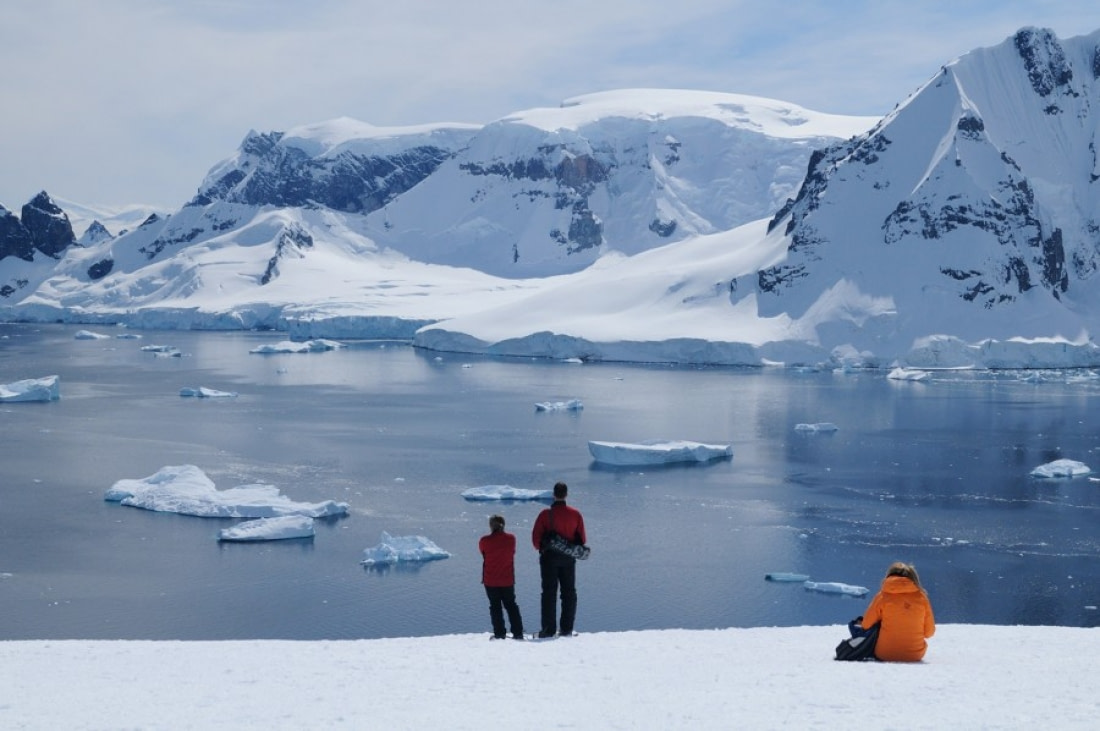
Falkland Islands
We begin with the most northerly islands we visit, the Falklands. Located in the sub-Antarctic, the Falklands are a prime part of our Antarctica cruise program.
The Falkland Islands, also known as Islas Malvinas, support an abundance of wildlife, particularly bird life. These islands are largely underrated gems, not only home to various species of bird but also nearby Peale’s dolphins and Commerson’s dolphins.
Saunders Island is one of our favorite sites during our Falkland Islands voyages sites, giving you the chance to see black-browed albatrosses as well as breeding imperial shags and rockhopper penguins. Gentoos, Magellanics, and king penguins may also be seen here.
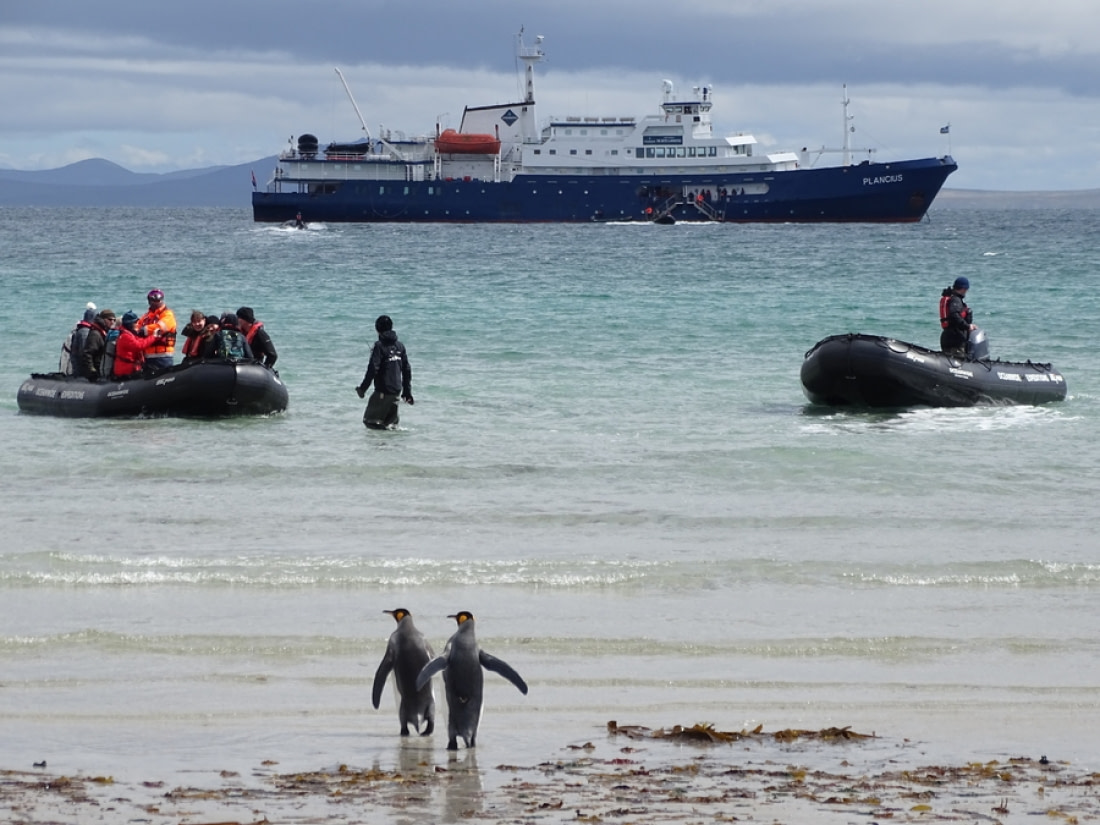
Steeple Jason Island houses the world’s largest black-browed albatross colony (roughly 113,000), but because of the wild weather around this island, we sometimes can’t land at Steeple Jason Island.
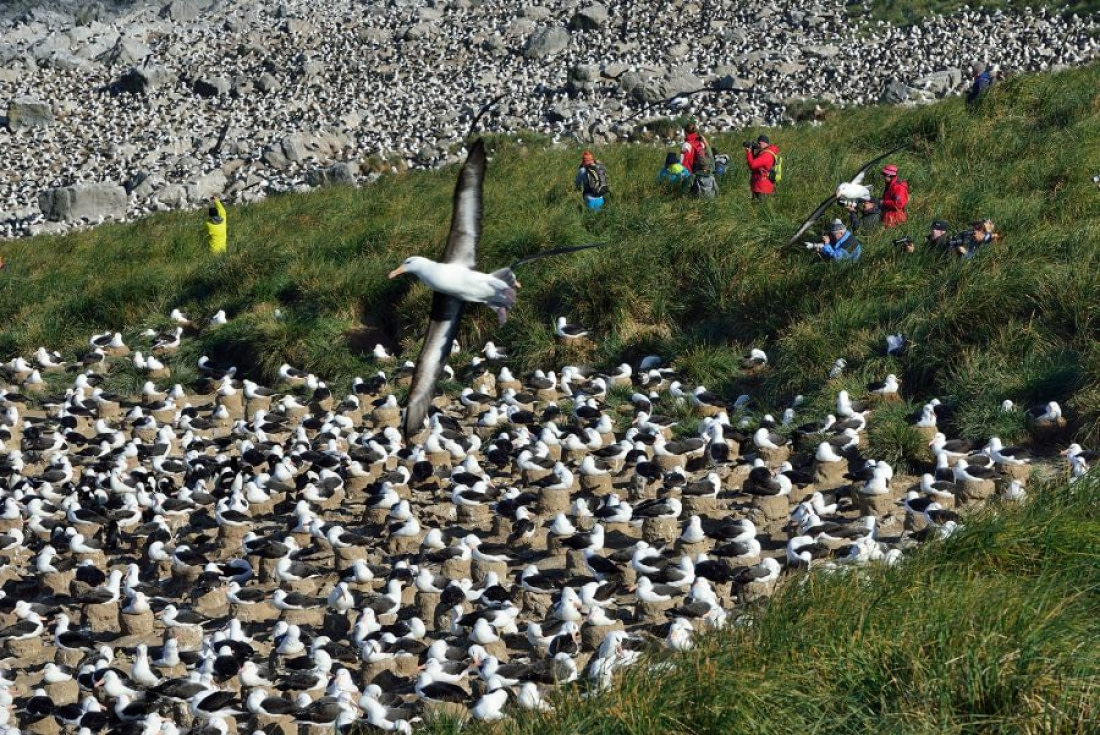
Carcass Island is highly characteristic of the Falkland Islands’ bounteous bird life. Breeding gentoo penguins, Magellanic penguins, waders, and passerine birds (such as Cobb’s wrens and tussock-birds) love this rodent-free island.
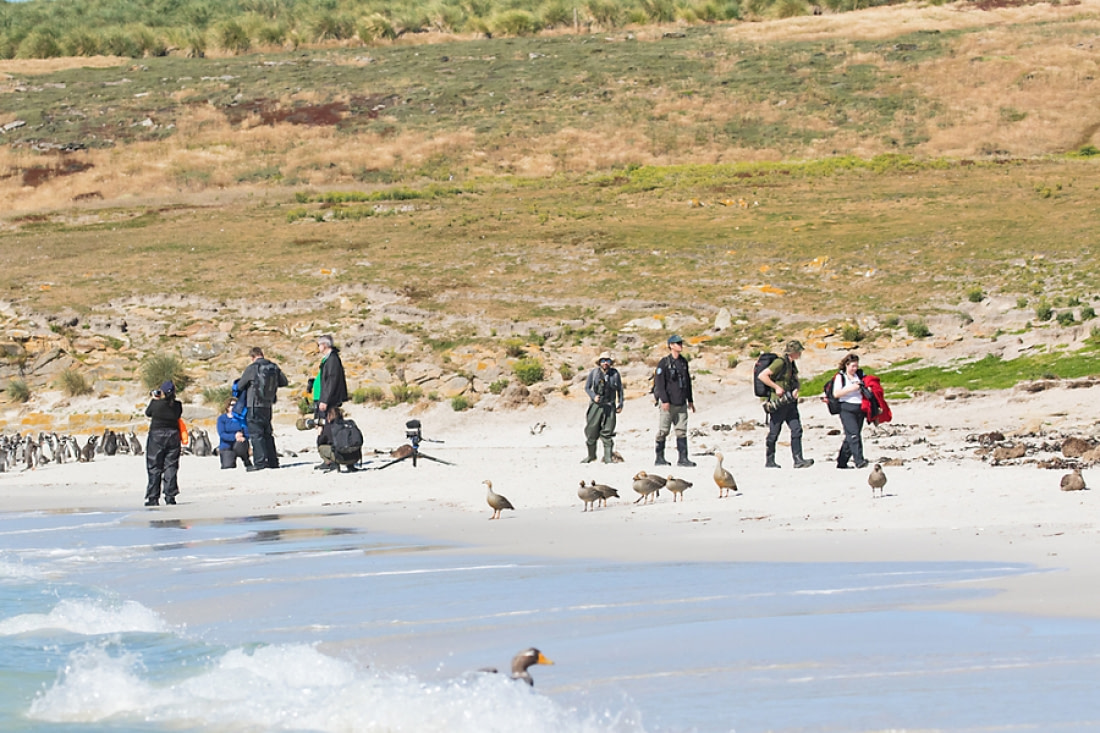
South Georgia Islands
Few sub-Antarctic islands feature such a rich cast of scenery, animals, and activities as a South Georgia trip. Snow-capped mountains, brilliant blue bays, and gargantuan penguin colonies can be experienced here with just a few hours of exploring.
Prion Island is one of our most cherished South Georgia birding sites, a great place to see wandering albatrosses when the island’s not closed for the early breeding season (November 20 – January 7).
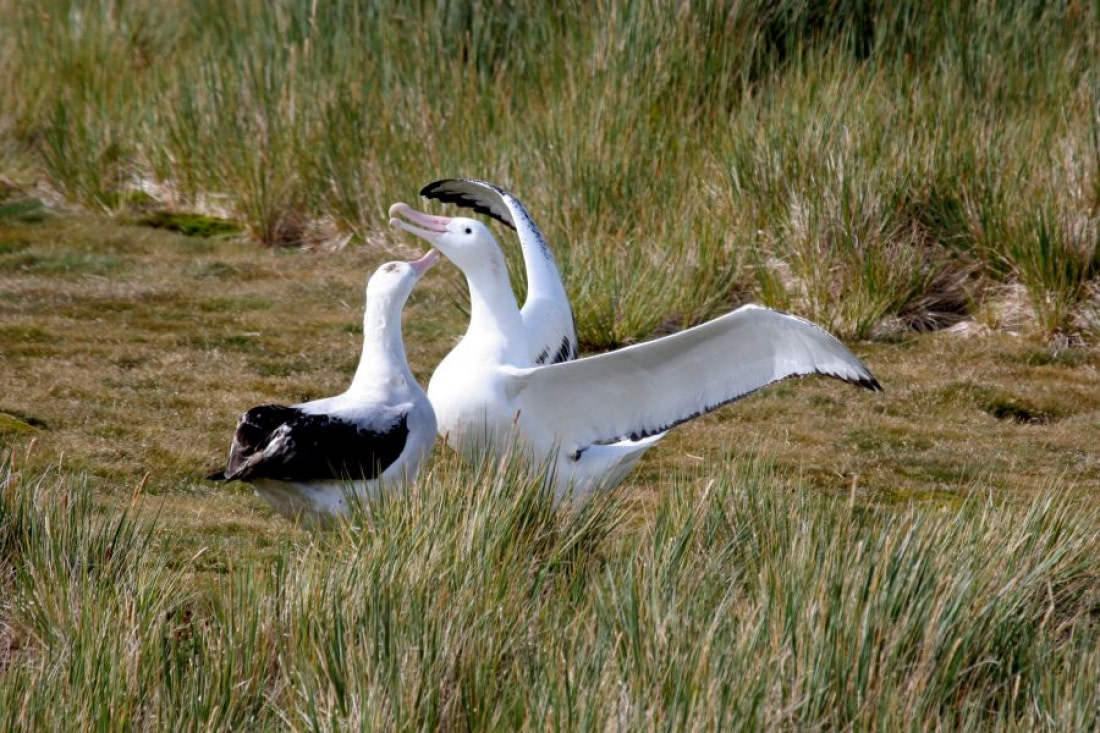
South Georgia Island itself is unparalleled, a virtual kaleidoscope of natural wonders. St. Andrews Bay is the site of the planet’s largest king penguin colony (150,000 penguins), and it also a great place to see southern elephant seals and fur seals.
Also on South Georgia Island is Salisbury Plain, where another large colony of king penguins (60,000) is gathered.
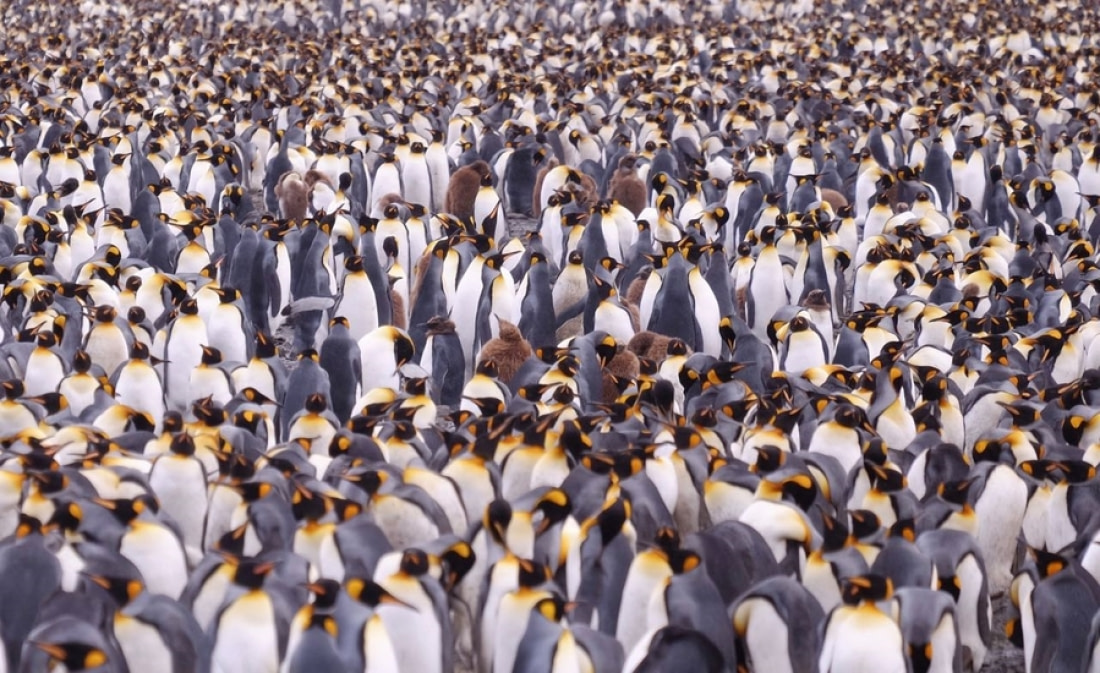
Lastly, South Georgia Island’s Gold Harbour is similarly bustling, with some 25,000 king penguins, over 300 gentoos, and multiple elephant seals to be seen, all surrounded by some of Earth’s richest sub-Antarctic scenery.
South Orkney Islands
These sub-Antarctic islands form part of the Scotia Sea Islands tundra ecoregion, and are home to tough species of vegetation that thrive despite the harsh conditions.
Several small colonies of gentoo, Adélie, and chinstrap penguins live on the rocky beaches or among the cliffs of the South Orkney Islands. Snow petrels and Cape petrels also breed in the cliff crags, and fur seals often doze along the coastline.
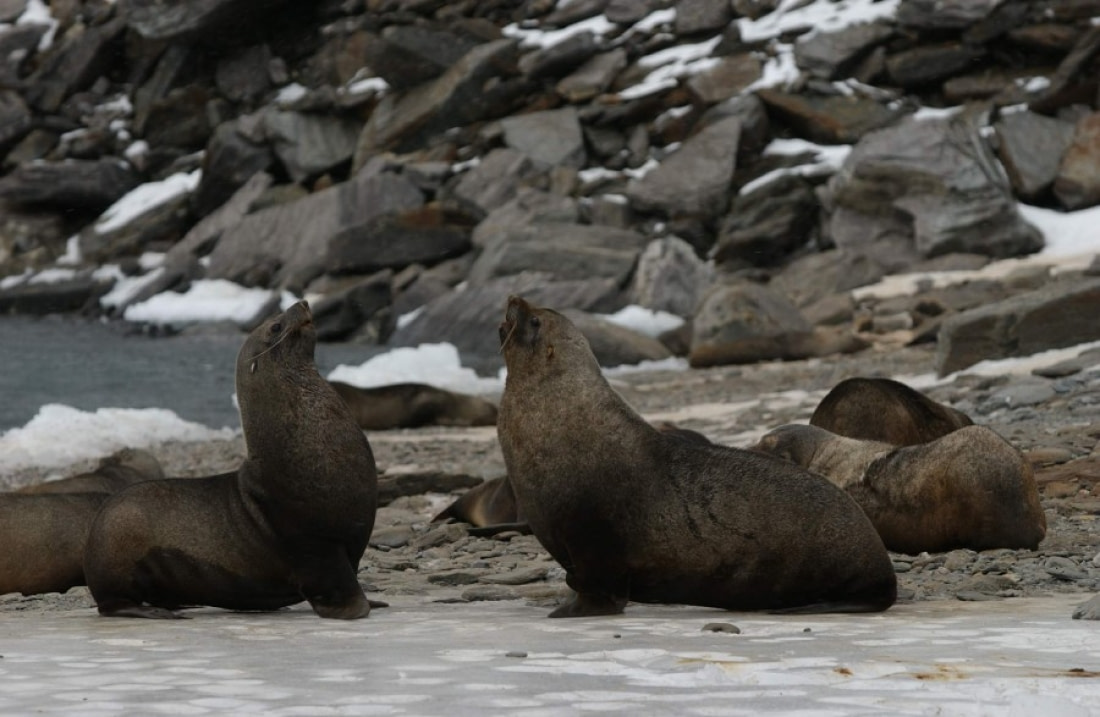
Additionally, it’s not uncommon to spot whales on a South Orkney cruise, the prime sites of which we’ve listed below.
Laurie Island is the site of Orcadas Base, a fascinating Argentine scientific station we’re sometimes able to visit. Laurie is the largest of the South Orkney Islands, sometimes yielding sights of Adélie and chinstrap penguins.
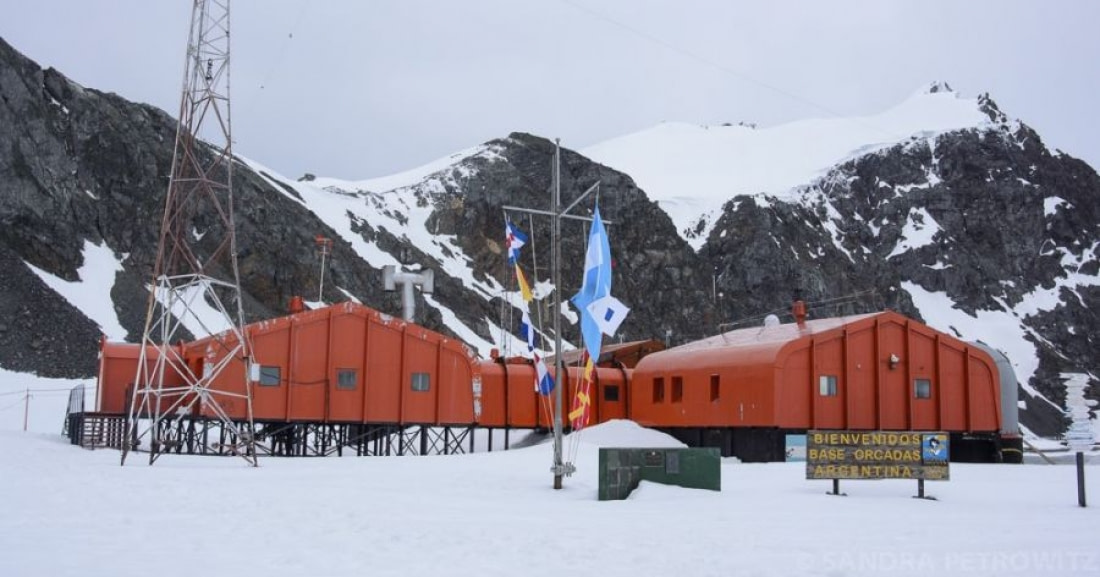
Signy Island is also a great landing spot that we often use as an alternate to Laurie. Signy is designated an Important Bird Area by BirdLife International due to its large seabird populations.
South Shetland Islands
Foggy and windswept, the South Shetland Islands are nonetheless attractive landing sites. There’s a wide variety of flora there, not to mention chinstraps, gentoos, and southern giant petrels.
Deception Island is one of our favorite South Shetland voyage spots. Here we aim to sail through Neptune’s Bellows and into the island’s flooded caldera, where you can see an abandoned whaling station and hot springs, along with cape petrels, kelp gulls, south polar skuas, brown skuas, and much more.

Half Moon Island likewise is enchanting, a fine place to see chinstraps and Weddell seals, the latter of which like to haul out on the beach near the Argentine research station Cámara.
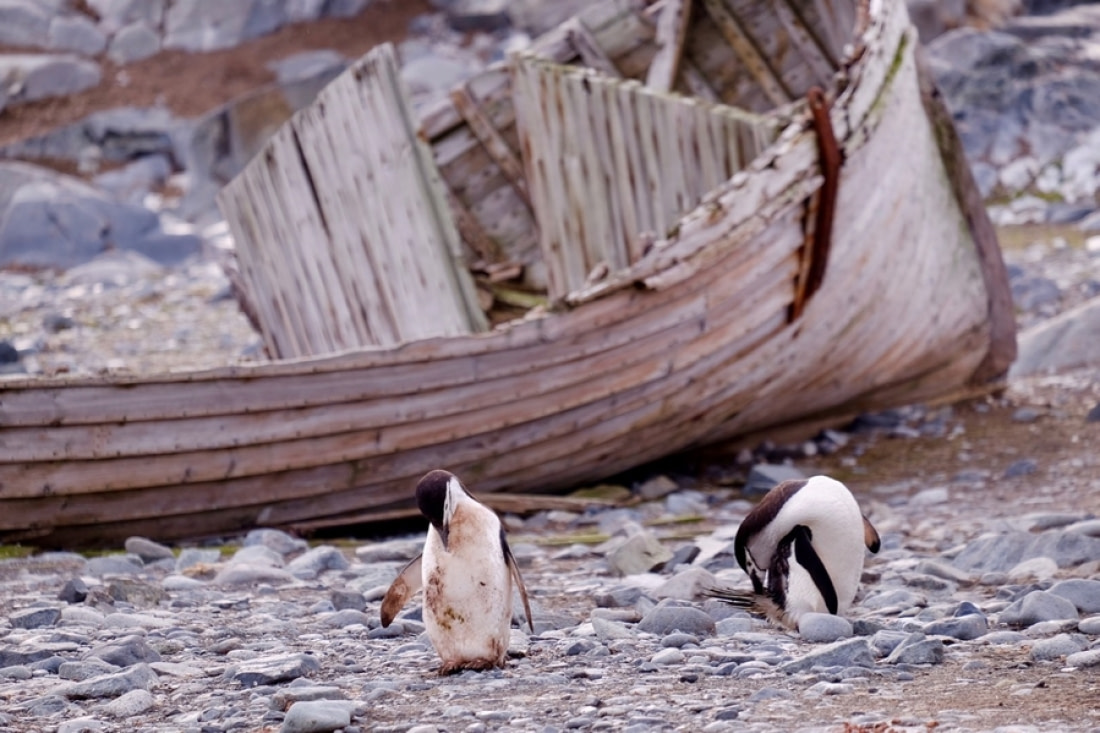
Elephant Island is more or less a standalone island far east of the South Shetlands, named as much for its shape as the elephant seals spotted here in the early 1800s. We sometimes see migratory gentoos and chinstraps on this island.
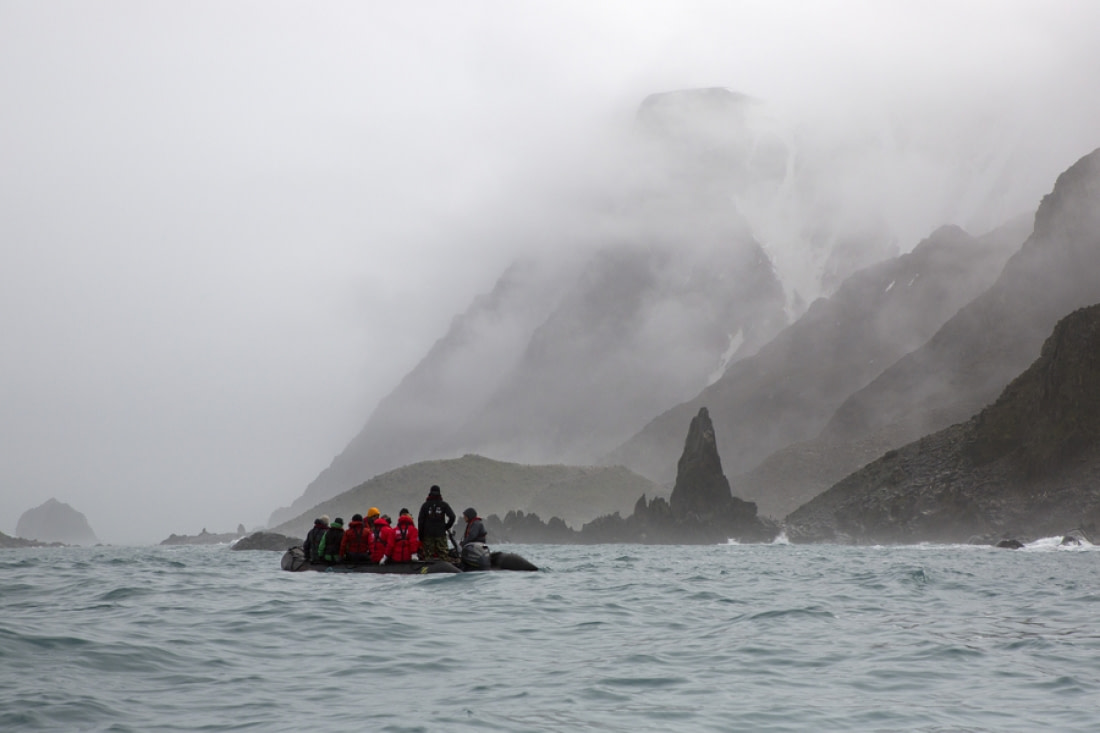
Antarctic Peninsula islands
Nothing beats an Antarctic Peninsula cruise for the most classic, comprehensive Antarctica expedition experience. Spanning 1,300 km (810 miles), this area gives you the chance to see penguins, seals, whales, seabirds, glaciers, icebergs, bays, and partake in every polar activity you could want.
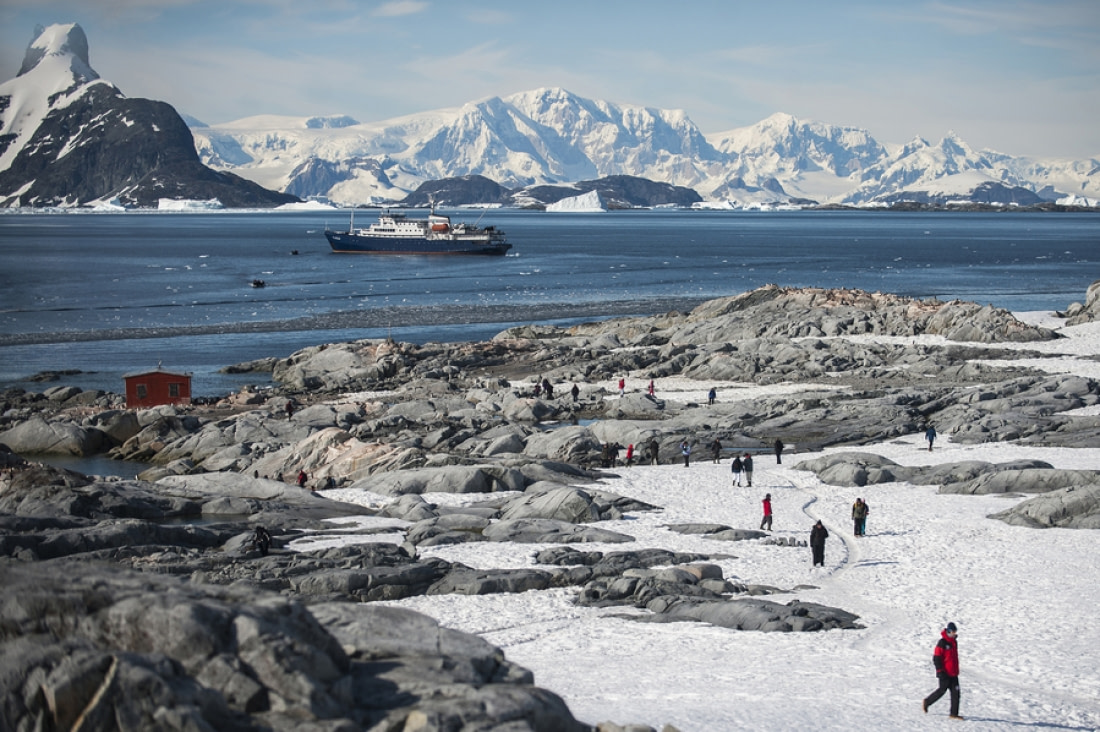
Not surprisingly, then, the Antarctic Peninsula has a lot of islands we love to show off. It’s not easy narrowing these islands down, but here are some of our most beloved.
Paulet Island is full of Adélies, and doesn’t that just make everything better? This Antarctic island is capped by a cinder cone and made up of lava flows, and indeed its geothermal activity keeps part of the island free of ice. It is listed as an Important Bird Area.
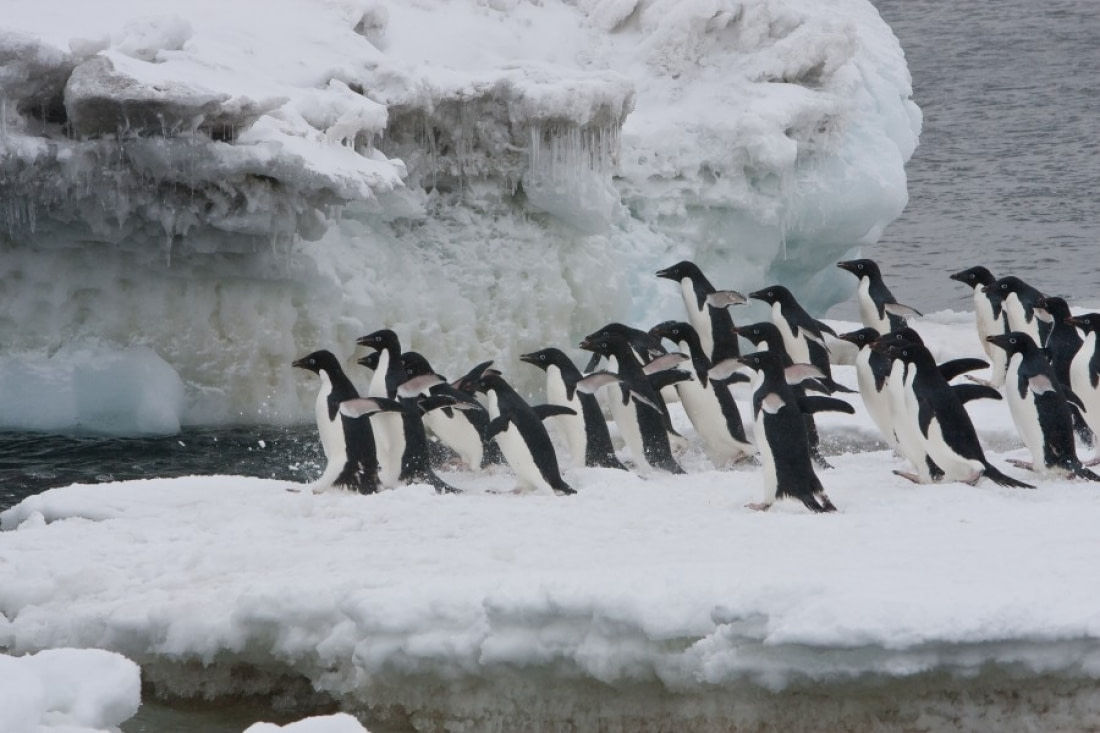
Gourdin Island and its combination of gentoos, chinstraps, and Adélies make for an ideal landing site. Though close to the peninsula, we usually visit this island during our Weddell Sea trips.
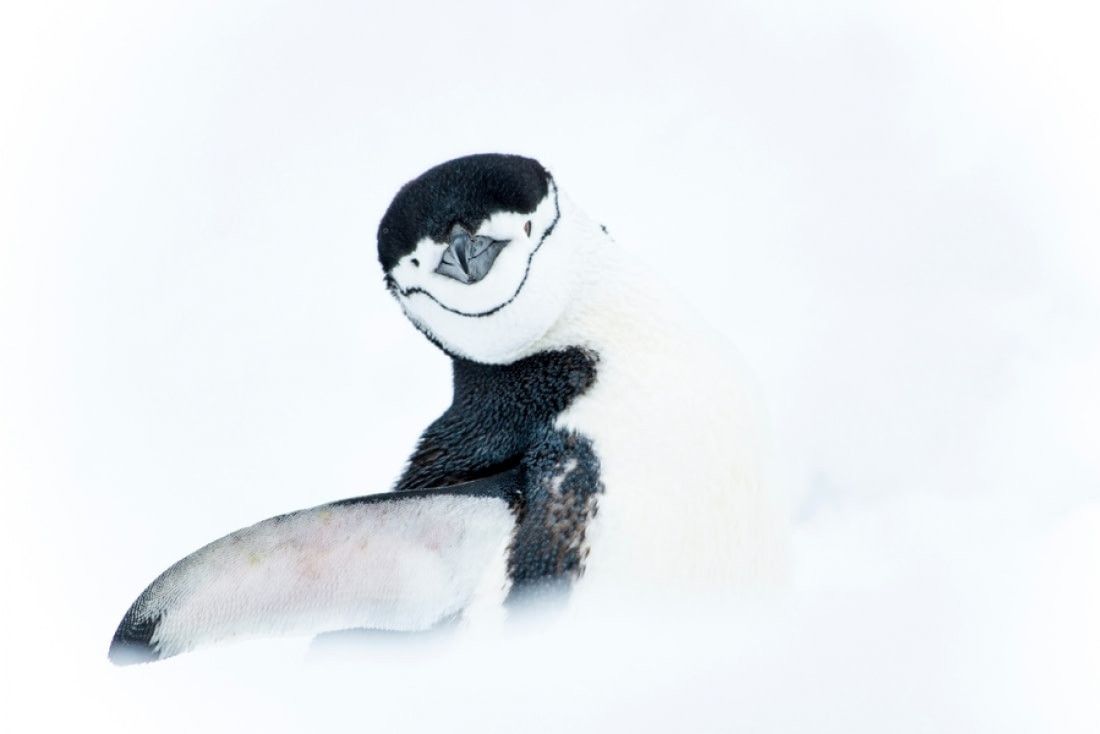
Danco Island provides decent odds of seeing nesting gentoos, and we sometimes also spot crabeater seals and Weddell seals offshore.

Goudier Island, specifically Port Lockroy, is a real Antarctic island highlight. Its post office is the most southerly in the world, and the area is populated by curious penguins taking in the sights right along with you.
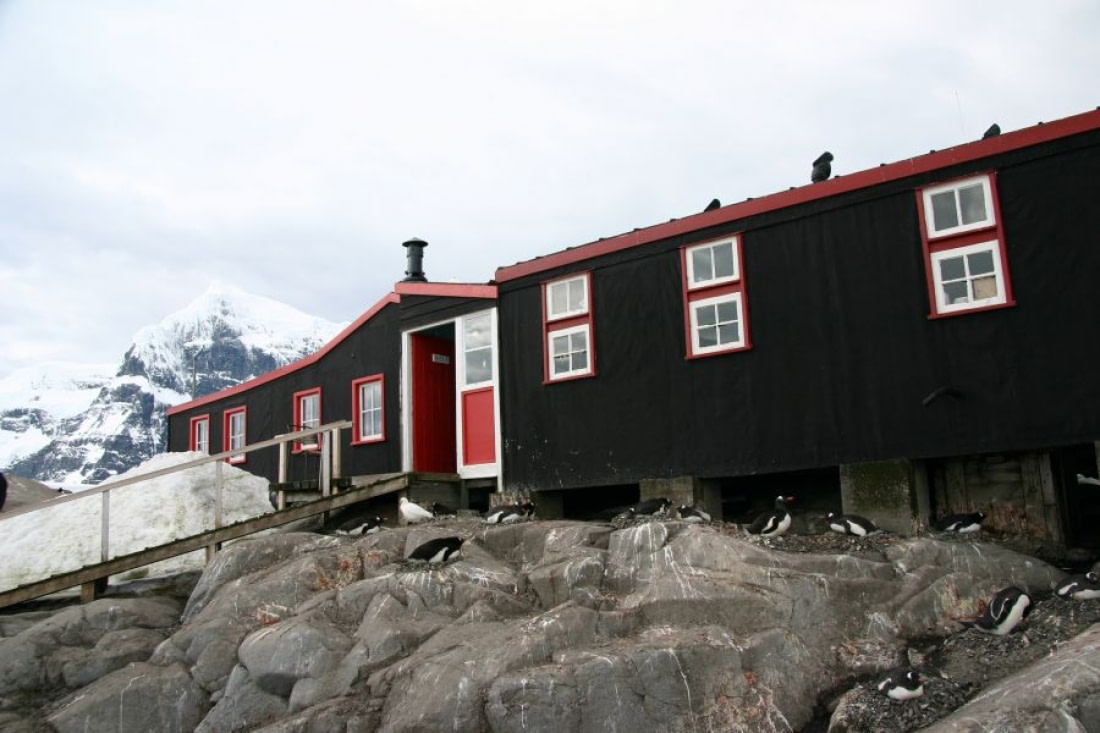
Ross Sea islands
The Ross Sea is among the planet’s largest conservation areas, and as such we can’t visit it every year. But when we do, we’re able to see some of the most historically rich and scenically spectacular Antarctic islands in the Southern Hemisphere.
Ross Island is one of the best. Presided over by the volcanos Mount Erebus and Mount Terror, this famed Antarctic island includes key remains of the great British expeditions of the last century: Shackleton’s cabin and two of Scott’s. Not only that, the largest scientific station in Antarctica, McMurdo, can be seen on Ross Island.
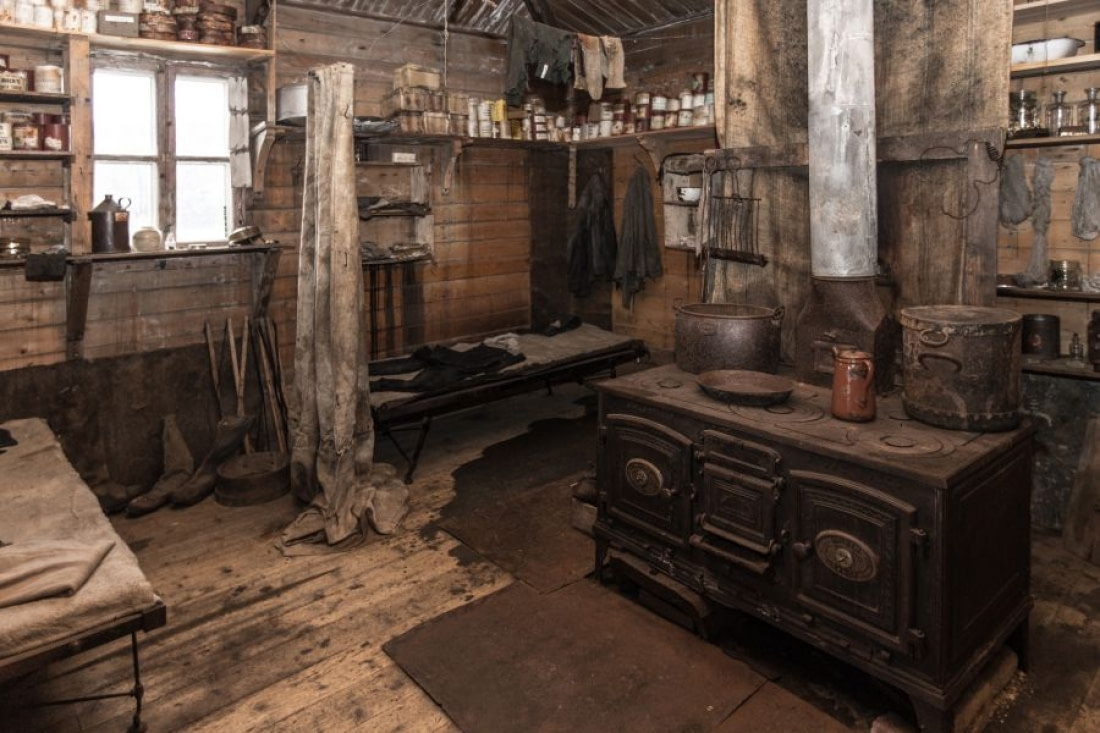
Enderby Island, one of the sub-Antarctic Auckland Islands belonging to New Zealand, may give you glimpses of penguins, albatrosses, shags, white-capped albatrosses, Buller’s albatrosses, yellow-eyed penguins, Auckland teals, and perhaps even rare and endemic Auckland shags.
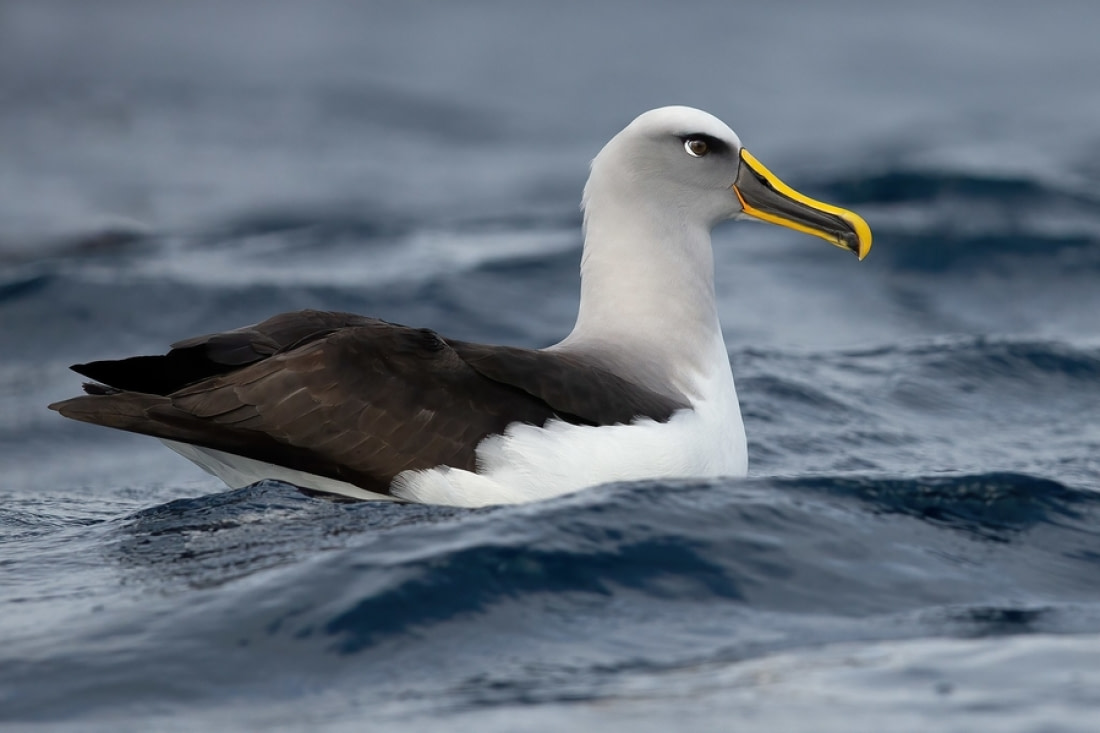
Campbell Island, a UNESCO World Heritage Site home to the New Zealand Reserve, features lovely vegetation as well as a colony of southern royal albatrosses, eastern rockhopper penguins, erect-crested penguins, yellow-eyed penguins. You might also see elephant seals, fur seals, and sea lions, all of which were once nearly hunted to extinction here.
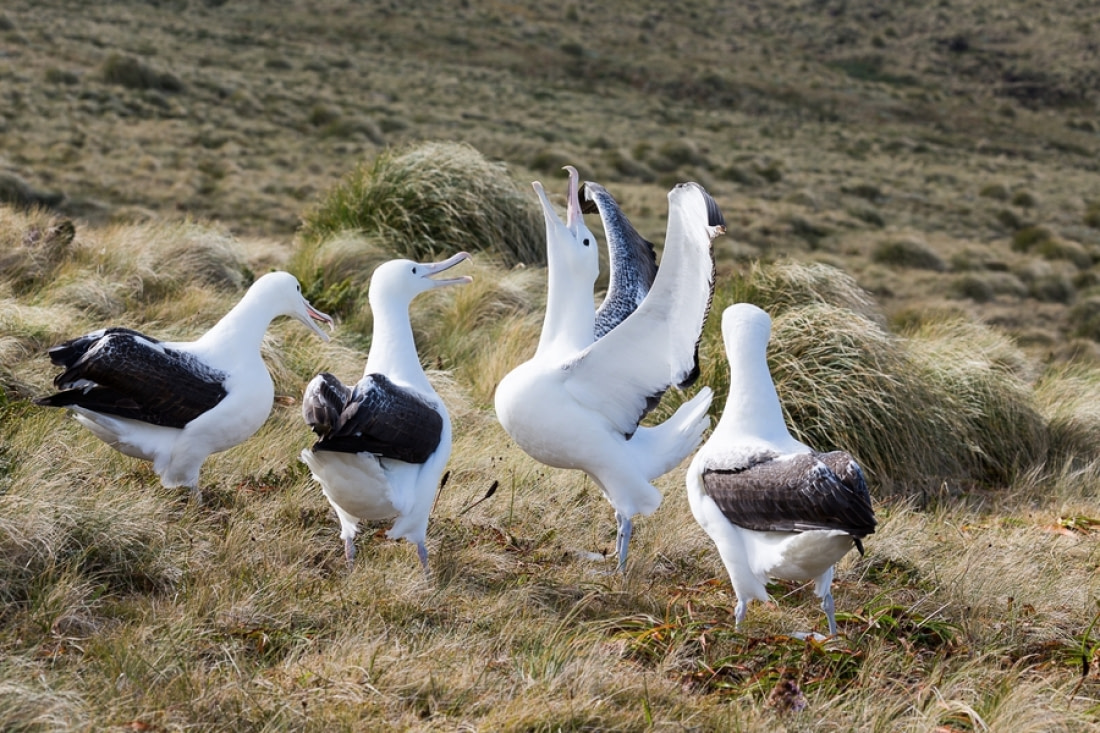
Inexpressible Island has an interesting history connected to the less-known Northern Party led by Captain Scott. A large Adélie rookery can be seen here, but if sea ice prevents a landing, you may instead go north to the protected Cape Hallett’s Adélie rookery.
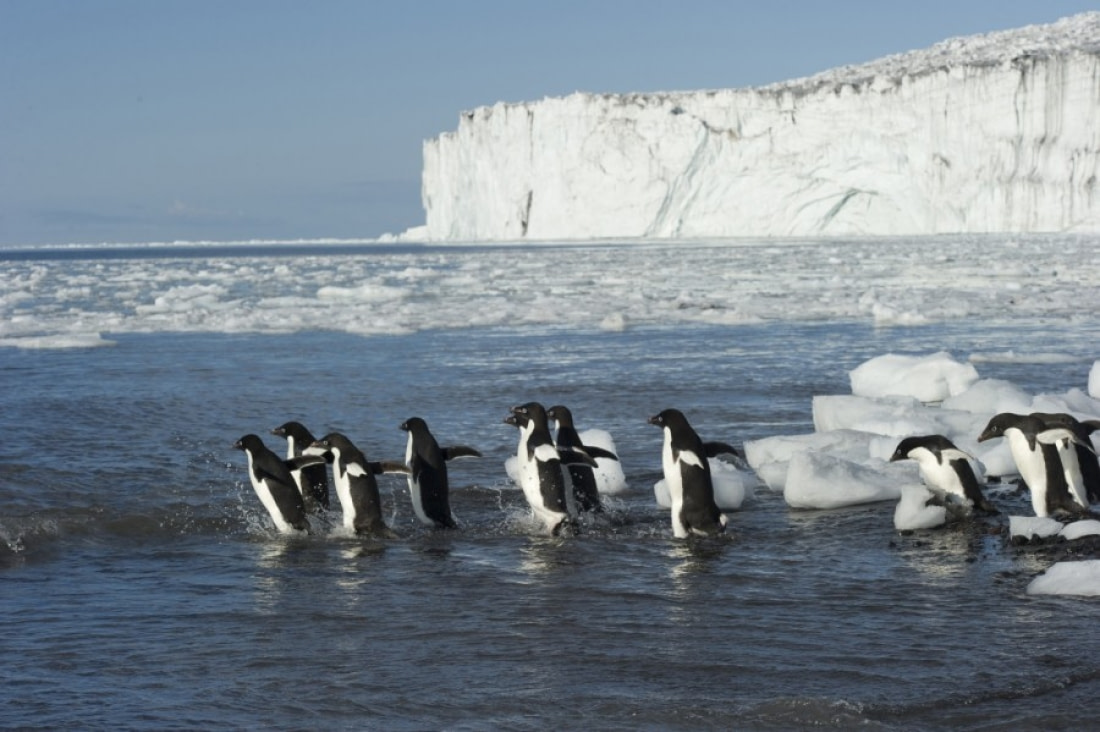
Peter I Island is not in the Ross Sea, but it is part of our Ross Sea voyages. An uninhabited volcanic island located in the Bellingshausen Sea, Peter I is rarely visited due to its exposed nature. But if conditions allow, you can take a helicopter flight to its glaciated northern area.
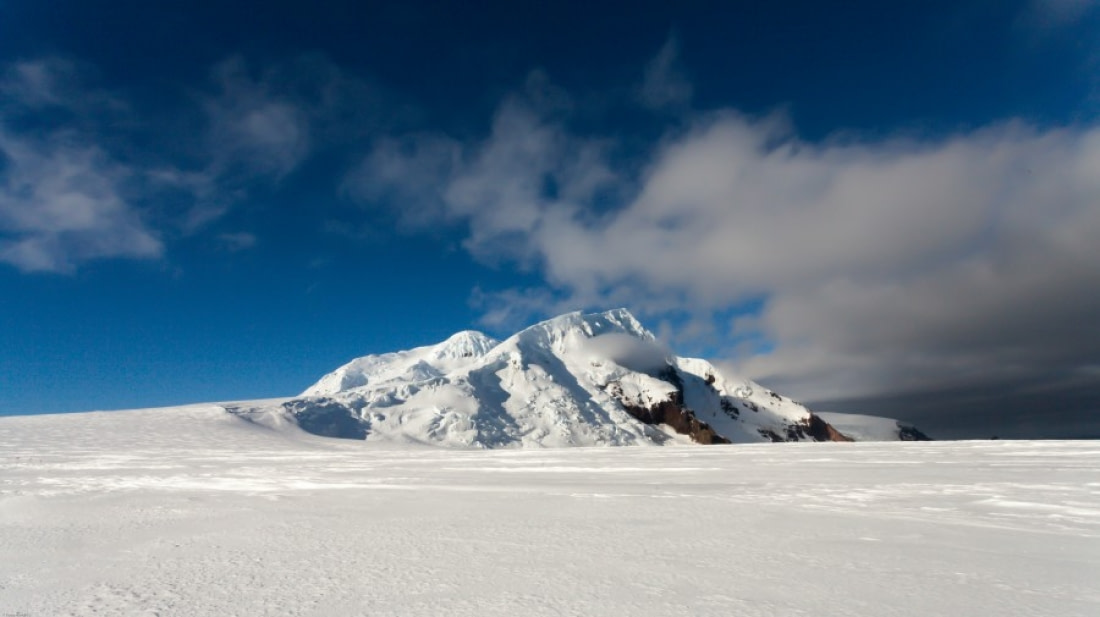
Renaud Island is a splendid place to see even more Adélies, along with amazing views of the icebergs that have formed around this surreal Antarctic island.
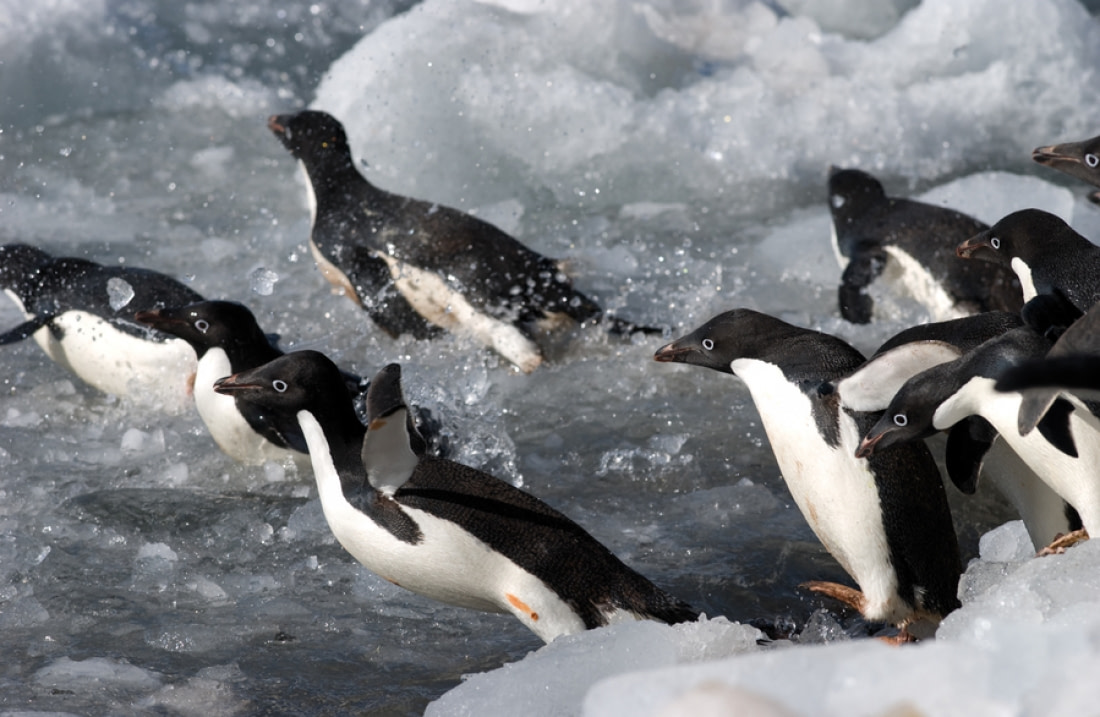
Weddell Sea islands
We conclude with the Weddell Sea, where arguably our favorite island lies. Our Weddell Sea cruises are where some of our best whale watching takes place, though this abundant ecosystem can also provide you sightings of other polar species as well.
Seymour Island is among our favorite Antarctic islands in the Weddell. The site where the Swedish Antarctic Expedition of 1901 – 4 had to overwinter in harsh conditions, this island is known for its fossils, sedimentary rock, and grand views.
Devil Island houses another large colony of Adélies. It’s also a stunning vantage point for hikers who want to crest the local hill. And adding to the splendor, a waterfall is sometimes formed here by melting sea ice dropping from the cliffs near Cape Well-met.
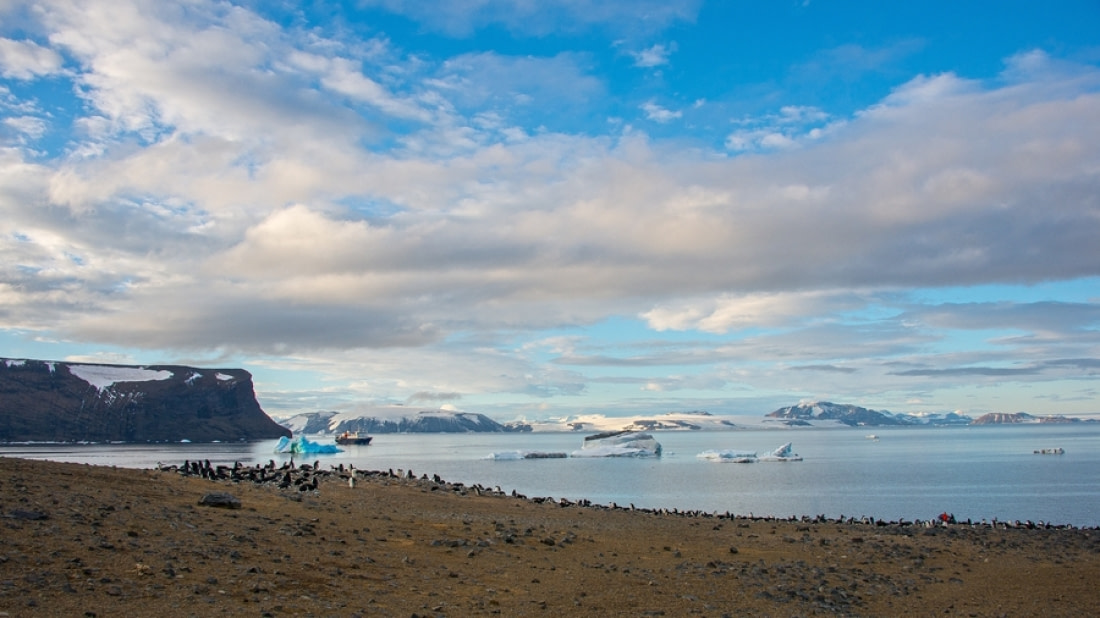
Snow Hill Island may well be our favorite Antarctic island, if indeed we had one. We can’t always make it here, since the conditions can be quite harsh, but in 2017 and 2018 we reached the island via our helicopters and hiked to the great emperor penguin colony here.
The flight to the island takes only about 15 minutes, and the landing site is chosen far from the colony so as not to disturb the penguins.
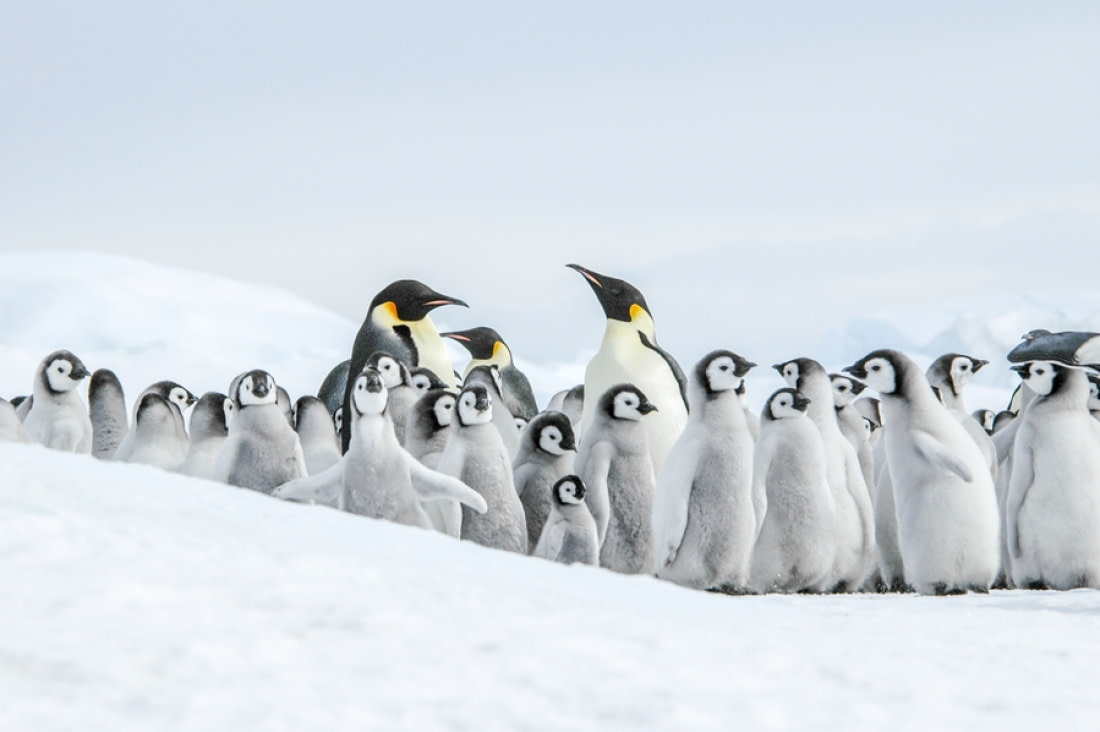
Upon arrival, it takes our walking groups about 45 minutes to reach the colony itself. Please keep in mind, though, weather conditions may change rapidly here and force us to stop our helicopter options. Safety must always be out top concern.
But if the planets align, this astounding and exotic Antarctic island can afford you some of the rarest and most wondrous sights in all of the polar regions
Blog


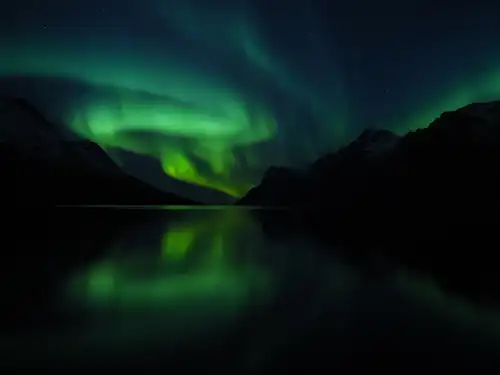
10 Illuminating Facts about the Northern Lights
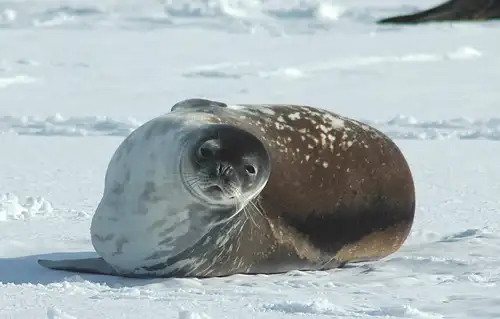
Weddell seals: The data collectors scientists of Antarctica
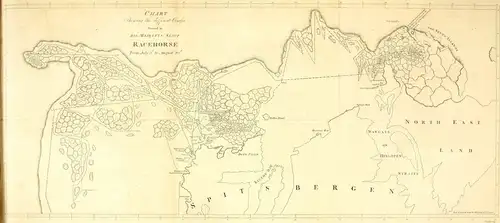
First to the North Pole: Five Failed but Brave Expeditions
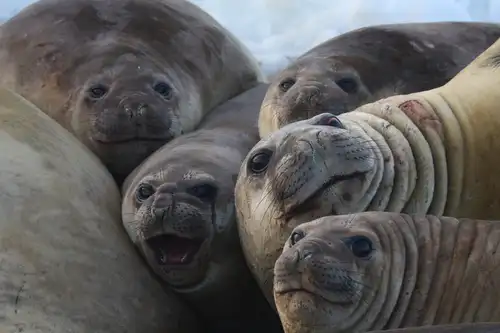
Large and in Charge: Antarctica’s Southern Elephant Seals
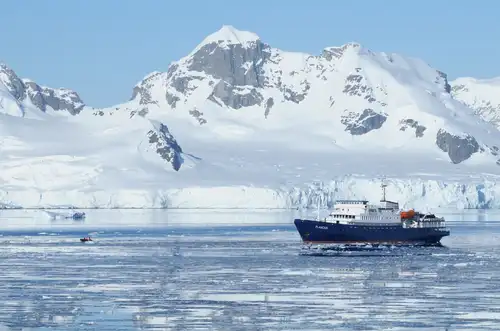
The Ultimate Traveler’s Guide to the Arctic and Antarctica
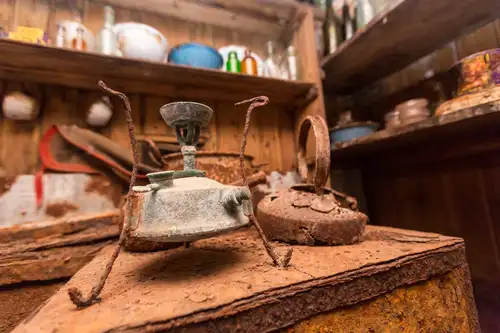
The First Overwintering Hut in Antarctica
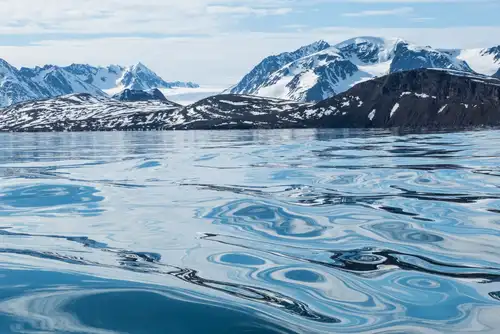
Freshwater ecosystems in the Arctic
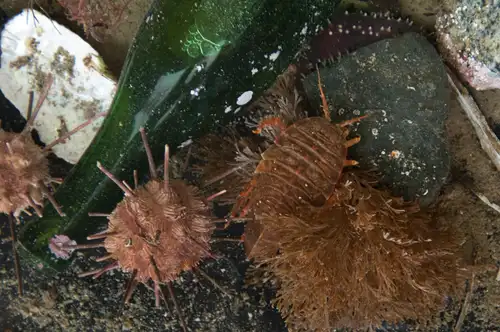
Deep Sea Dwellers: 10 Facts about The Antarctic Giant Isopod
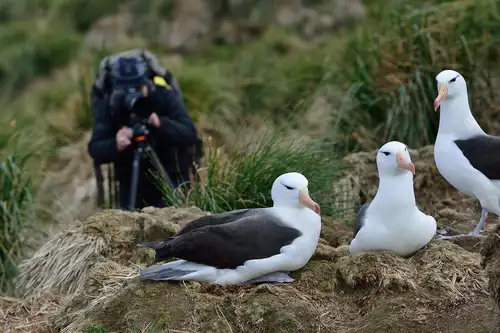
15 Falkland Islands Bird Photos
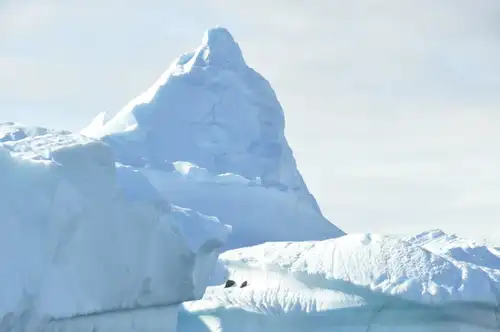
Life migrating through the Polar Front
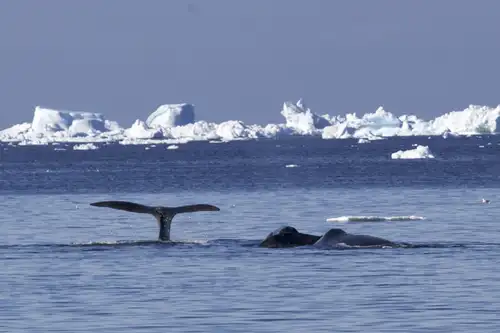
The bowhead whale, whaling about the Arctic
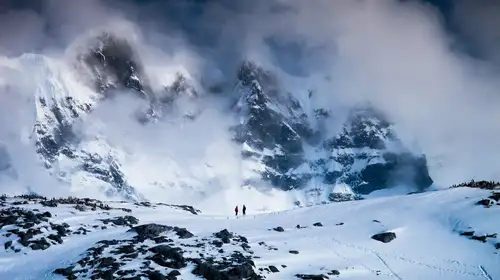
Eight Antarctic Misconceptions
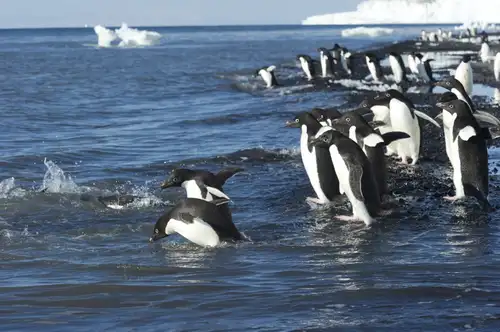
Adélie penguins in the Ross Sea - Antarctica
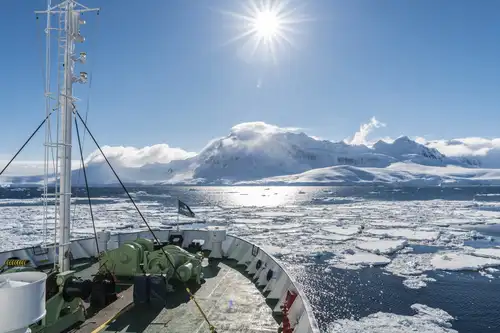
Cruising Solo: The Benefits of Single-Passenger Polar Travel
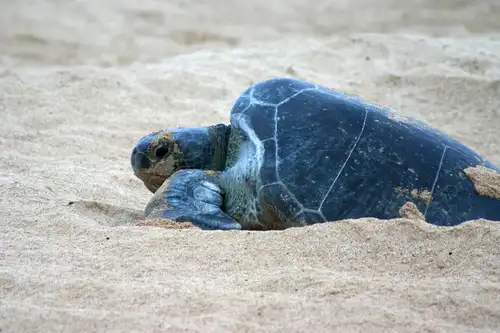
Going Green: Ascension Island Sea Turtles

Hot Ice: Breeding Practices of Five Polar Animals
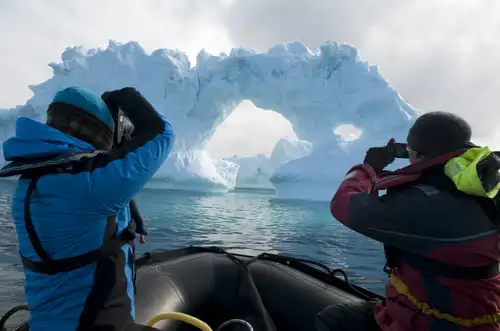
Under the Greenland Ice Sheet

Adding Antarctica to Your Seven-Continents Bucket List
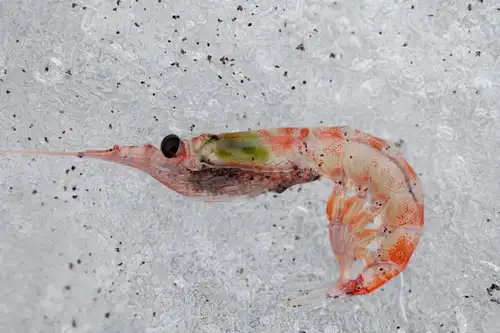
Antarctic krill: Antarctica's Superfood
